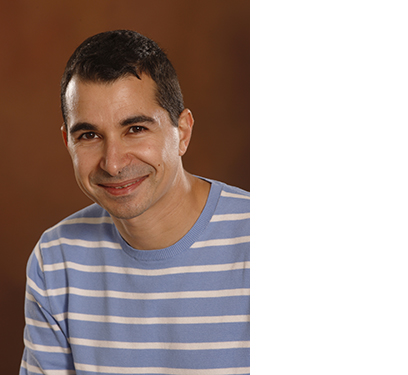FRIB Saturday Morning Physics talk - Life under blazing stars: Supernova mysteries
Talk details
- Date: 14 December 2019
- Time: 10:30 a.m.
- Location: 1300 FRIB Laboratory
- All Advanced Studies Gateway events are free and open to the public
- This talk is part of the FRIB Saturday Morning Physics series
- Video recording
Talk abstract
The atoms that make up the world we live in have affected human life for thousands of years. All of the prosperity, peace, culture, power, and progress we experience is based on the availability of the planet's natural resources.
We value the rarest of elements we can find on Earth. We use them in technology, art, and jewelry. We need these elements to sustain our living bodies. As resources run out, we turn to quests for new habitable worlds to mine.
Yet, meaningful pieces of information about the origin of elements in the universe are lost to us. Scientists have turned to the stars and to the atomic nucleus to understand supernovae and other spectacular explosions. To uncover how the fateful pattern of element compositions came to be in our corner of the universe (or elsewhere), we will need to understand thousands of nuclear reactions in stars and predict their outcome.
Most of these reactions with the mysterious isotopes that live and die inside blazing stars have not been observed yet. But with a facility in East Lansing that will make supernova isotopes into beams, it's only a matter of time before new discoveries will be made.
Presenter
Georgios Perdikakis
Georgios Perdikakis is an associate professor of physics at Central Michigan University. He studied physics all the way to a PhD in Greece, at the National Technical University of Athens.
He started playing with isotopes and accelerators in his early twenties. In graduate school, he worked in diverse applications of ion beams, such as antimicrobial coatings and the detection of traces of toxic elements for the safety of athletes in the 2004 Athens Olympics. For his PhD, he used neutrons to study the effect of nuclear physics in nuclear waste recycling. He crossed the Atlantic Ocean in 2007 to follow his dream of learning about rare isotopes as a postdoctoral researcher at the National Superconducting Cyclotron Laboratory, and has been hooked ever since.
His current passion is the understanding of the origin of elements, and the connections between the quantum world, stars, and human activity. His research group of three graduate students and one undergraduate student are unstoppable!


